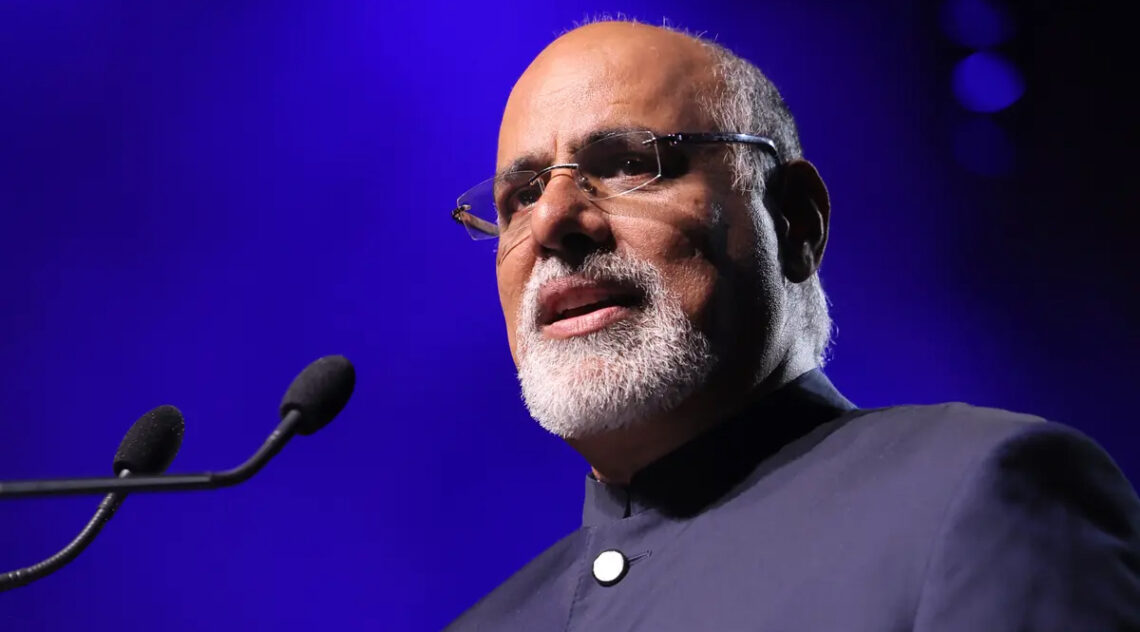
This year started on a musical note for Mastercard with the launch of the Mastercard Artist Accelerator in April, a Web3-based program supporting emerging artists. So far, the results are music to Mastercard’s ears.
The financial payment processor’s bullish Web3 investments have positioned Mastercard as a technologically advanced company that has led to a positive revenue impact, Raja Rajamannar, Mastercard’s chief marketing and communications officer, told Adweek. This was especially the case among Gen Z audiences, who showed a proclivity for selecting Mastercard for its products or services when making purchasing decisions.
Web3, driven by technologies like virtual reality, augmented reality, blockchain, cryptocurrencies and non-fungible tokens (NFTs), has lost some of its charm within the ad industry. According to data from NFT aggregator CryptoSlam, NFT sales in July amounted to $495.6 million, a 23% decline from the previous month’s total of $646.1 million.
For Mastercard, NFTs still present a multitude of possibilities for marketers.
“A couple of years ago the NFT market experienced explosive growth, generating headlines and selling for tens of thousands, even millions of dollars,” he told Adweek. “As this market has matured, we’ve seen the cooling of vanity NFTs in favor of utility NFTs. An example would be tokens that unlock gated content or rewards [in the Artist Accelerator program].”
Mastercard’s Artist Accelerator program, built on the Polygon blockchain, featured global five artists who livestreamed shows presented by Billboard, marking their debut of the AI-driven singles produced through the program
To that, the community-focused Web3 program opened up new revenue streams for nearly 100,000 music artists who used the platform to access free educational materials, create generative AI music and mint NFTs.
Of the 100,000 platform sign-ups, 5,000 participants used the platform resources to learn how to mint their own NFT music tracks, according to Rajamannar. The platform also taught musicians how to use NFTs to forge stronger fan connections, such as rewarding those who claim their token with discounts on future album releases or exclusive private concerts.
“That’s why we continue to experiment with Web3 and NFTs. Our focus right now is ensuring our NFTs have a compelling utility,” he said.
Five artists selected by Mastercard to chronicle their journey using the platform’s Web3 capabilities, who otherwise struggled with discoverability, collectively grew their fan following on platforms like Spotify by 73,000.